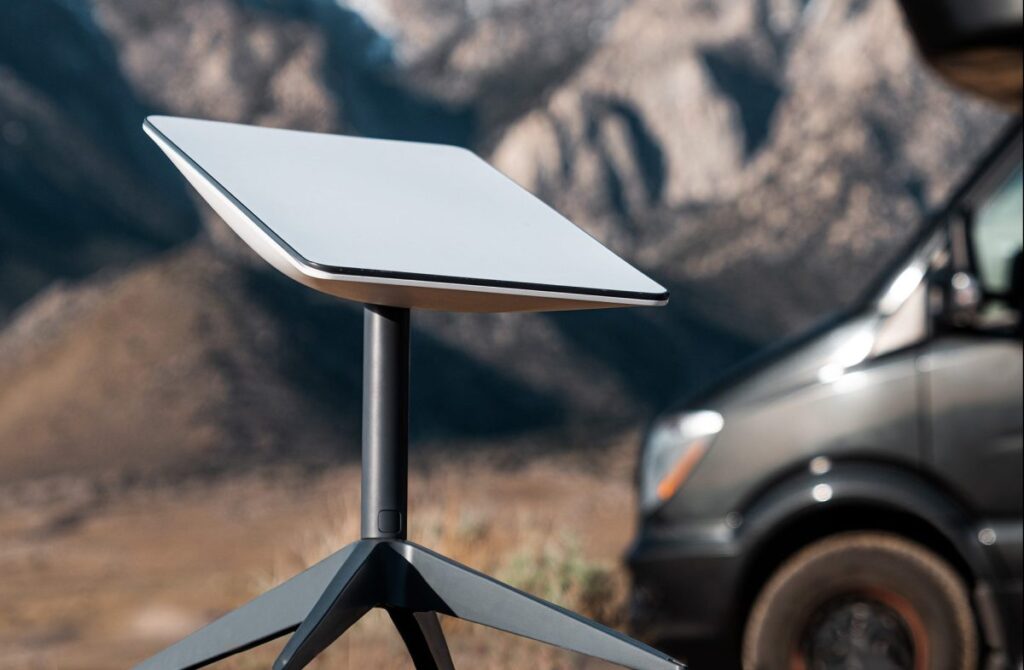The FCC has definitively rejected Starlink’s request for $885 million in public funds to expand its orbital communications infrastructure to parts of rural America, saying the company “failed to demonstrate that it could deliver the promised service could provide.”
As previously reported, the money in question was part of the Rural Digital Opportunity Fund, a multibillion-dollar program to subsidize the rollout of internet service in places where private companies have previously decided it is too expensive or too far away. The $885 million was first earmarked for Starlink in 2020, which represents the company’s bid for how much connectivity it could provide, at what cost and to which regions.
The FCC explained that this initial application was short-lived and that those who qualified would be further investigated. For example, one organization that had allocated more than a billion dollars in funding turned out to be a regional operation that could not possibly expand in the way it had hoped.
In the case of Starlink, it was determined last summer that while the satellite internet proposal was promising, it was a “technology in development” that required the user to purchase a dish, which at the time cost $600. Many people won’t pay that much for internet for a year, so it’s a serious consideration given the target group of people without resources. (In fact, the FCC had considered not even letting orbital communications companies file, but decided to allow them to compete on their merits.)
This was in addition to the “numerous financial and technical deficiencies” the agency identified in the proposal and the company’s operations. That does not mean that for some it is not a well-managed company with good service, but that there were serious questions in view of this auction and price:
After reviewing all information submitted by Starlink, the Bureau ultimately concluded that Starlink had not demonstrated that it had a reasonable ability to meet RDOF’s requirements to deploy a network of the scope, scale and size required required to serve the 642,925 model locations in 35 states. for which she was the winning bidder.
Starlink asked for the decision to be reviewed, which is their right in this situation, claiming, among other things, that it had been held to an “unduly burdensome standard.” It (apparently, because the relevant passages have been redacted last order) argued that although short-term tests showed declining speeds and other metrics, the company had a plan to launch more satellites and could grow the network as claimed. It even leaned on the promise of SpaceX’s Starship superheavy launch vehicle as evidence for these claims.
However, as the FCC notes:
At the time of the Bureau’s decision, Starship had not yet launched. In fact, to this day [i.e. over a year later], Starship has not yet had a successful launch; all its launch attempts failed. Based on Starlink’s previous claims about its plans to launch its second-generation satellites via Starship, and the information available at the time, [Wireline Competition] The Bureau necessarily took into account Starlink’s continued inability to successfully launch the Starship rocket in making a predictive assessment of its ability to meet its RDOF obligations.
A footnote notes that it was only after the denial was issued that SpaceX announced it would not be using Starship for the second generation of Starlink satellites after all.
While they see the benefits of the approach, in principle they cannot be 100% sure that this is the best use of the better part of a billion dollars. Maybe in the next fund.
The two Republican FCC commissioners, Brendan Carr and Nathan Simington, disagreed with this decision. Simington perhaps rightly points out that “many RDOF recipients have not deployed service at all at any speed in any location,” while at the time of the rejection Starlink served half a million subscribers, many in areas not covered by other broadband options were served. He dismisses the launch problems as quibbles about the Bureau’s “reasoned reasoning.”
For his part, Carr calls it politics: “After Elon Musk took over Twitter and used it to express his own political and ideological views without a filter, President Biden gave federal agencies the green light to go after him… Elon Musk is a ‘ progressive enemy’. No. 1.’ “Today’s decision certainly fits into the Biden administration’s pattern of intimidation.”
Of course, the denial of Starlink took place long before that acquisition and Elon Musk’s subsequent fall from grace (what good did he have), and the FCC simply reaffirms the reasoning here today and isn’t re-releasing it. That’s quite a factual error to begin with.
Both men demonstrate a confidence in Starlink that may or may not be misplaced. With $885 million at stake, the FCC’s decision to err on the side of caution if it does so is wise. The funding will go to other applicants and programs.
While this money was never actually given to Starlink, the loss of revenue (or however such a reward would be financially classified) is not easy to bear. That said, it probably knew it was a gamble to appeal the decision and hadn’t been counting on this money for a while.
And while the company isn’t making any money, it recently reached “break-even cash flow,” if CEO Elon Musk is to be believed. Revenues have certainly skyrocketed (from about $222 million to $1.4 billion), but that has meant high operating costs as the satellites needed to serve thousands of new customers are built and launched. It stands behind its own predictions from a few years ago that billions would now be in the black, but it has at least convincingly demonstrated its capabilities, both nationally and in the field of warfare.
Maybe it doesn’t need the $885 million after all; the Pentagon’s money is just as green.
